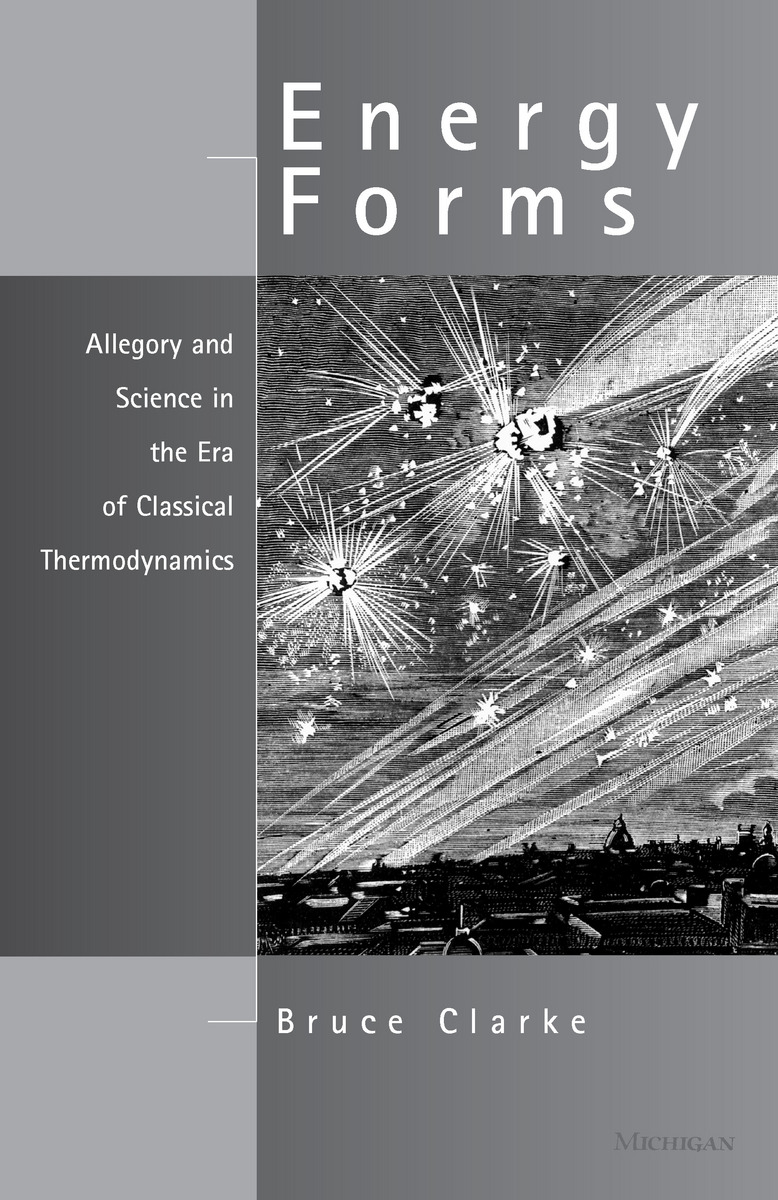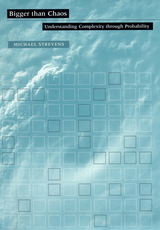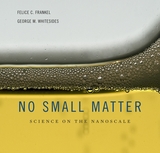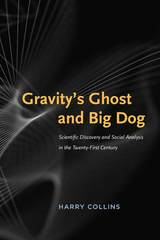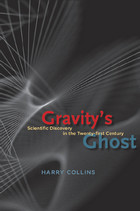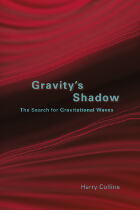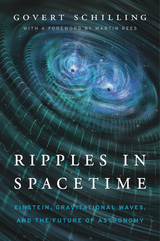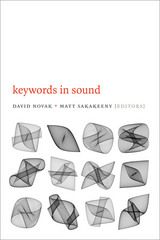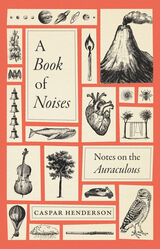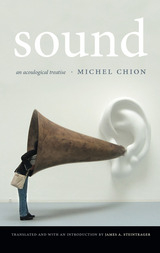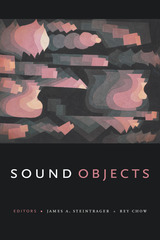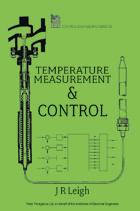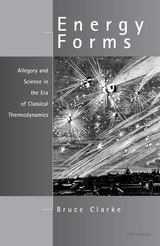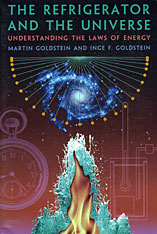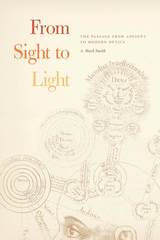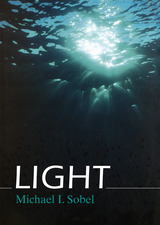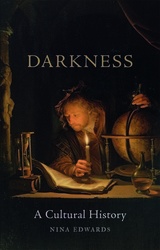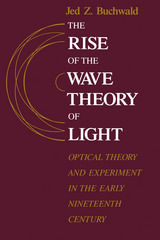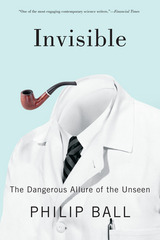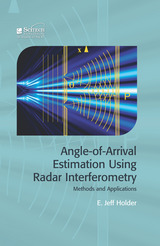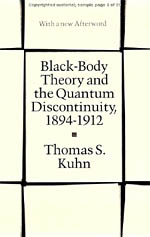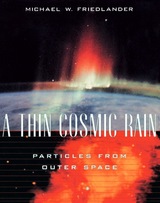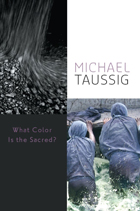Energy Forms: Allegory and Science in the Era of Classical Thermodynamics
University of Michigan Press, 2001
Cloth: 978-0-472-11174-9
Library of Congress Classification QC311.2.C488 2001
Dewey Decimal Classification 809.9336
Cloth: 978-0-472-11174-9
Library of Congress Classification QC311.2.C488 2001
Dewey Decimal Classification 809.9336
ABOUT THIS BOOK | TOC | REQUEST ACCESSIBLE FILE
ABOUT THIS BOOK
This book follows the interplay between allegory and physics in Europe from the inception of the laws of thermodynamics in the 1850s to the cultural acceptance of the theory of relativity in the 1920s. Bruce Clarke delves into the cultural poetics of this emergence, as well as using allegory theory to link the literature of that era to the consolidation of modern physics in England. In his examination of these correlating topics the author displays not only an impressive grasp on the scientific climate of that era, but also comprehensive knowledge of late nineteenth- and early twentieth-century literature.
The book begins with an overview of the interconnections between allegory in literature and allegory in science, then analyzes the interaction between energy and entropy and their personification in the literature of the times. Energy Forms draws on the writing of well-known literary and scientific authors including H. G. Wells, Camille Flammarion, Charles Howard Hinton and D. H. Lawrence, among others. The focus then shifts to the broad cultural tension between thermodynamic malaise and electromagnetic aspiration. Energy Forms uncovers the works of important but overlooked authors in the fields of science and literature and will appeal especially to those who are intrigued by interdisciplinary studies.
Bruce Clarke is Professor of English,Texas Tech University. He is the author of Dora Marsden and Early Modernism: Gender, Individualism, Science; Allegories of Writing: The Subject of Metamorphosis; and editor of The Body and the Text: Comparative Essays in Literature and Medicine.
The book begins with an overview of the interconnections between allegory in literature and allegory in science, then analyzes the interaction between energy and entropy and their personification in the literature of the times. Energy Forms draws on the writing of well-known literary and scientific authors including H. G. Wells, Camille Flammarion, Charles Howard Hinton and D. H. Lawrence, among others. The focus then shifts to the broad cultural tension between thermodynamic malaise and electromagnetic aspiration. Energy Forms uncovers the works of important but overlooked authors in the fields of science and literature and will appeal especially to those who are intrigued by interdisciplinary studies.
Bruce Clarke is Professor of English,Texas Tech University. He is the author of Dora Marsden and Early Modernism: Gender, Individualism, Science; Allegories of Writing: The Subject of Metamorphosis; and editor of The Body and the Text: Comparative Essays in Literature and Medicine.
See other books on: Allegory | Era | Literature and science | Relativity | Science Fiction & Fantasy
See other titles from University of Michigan Press
